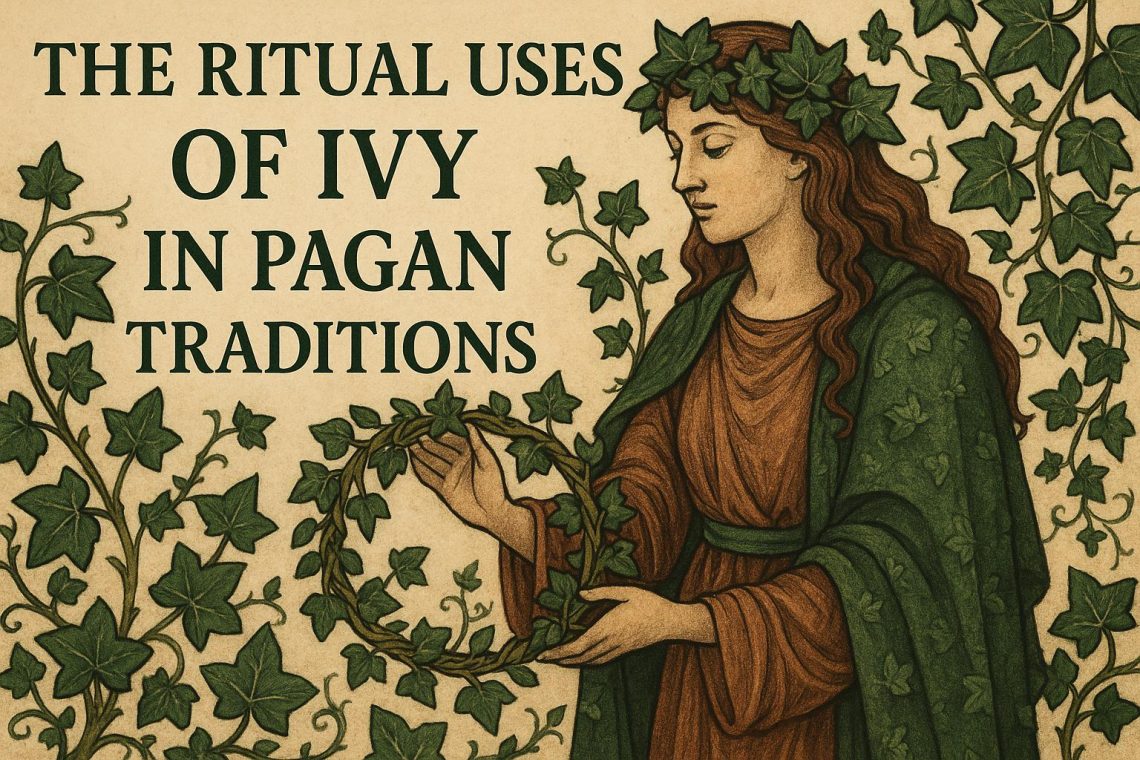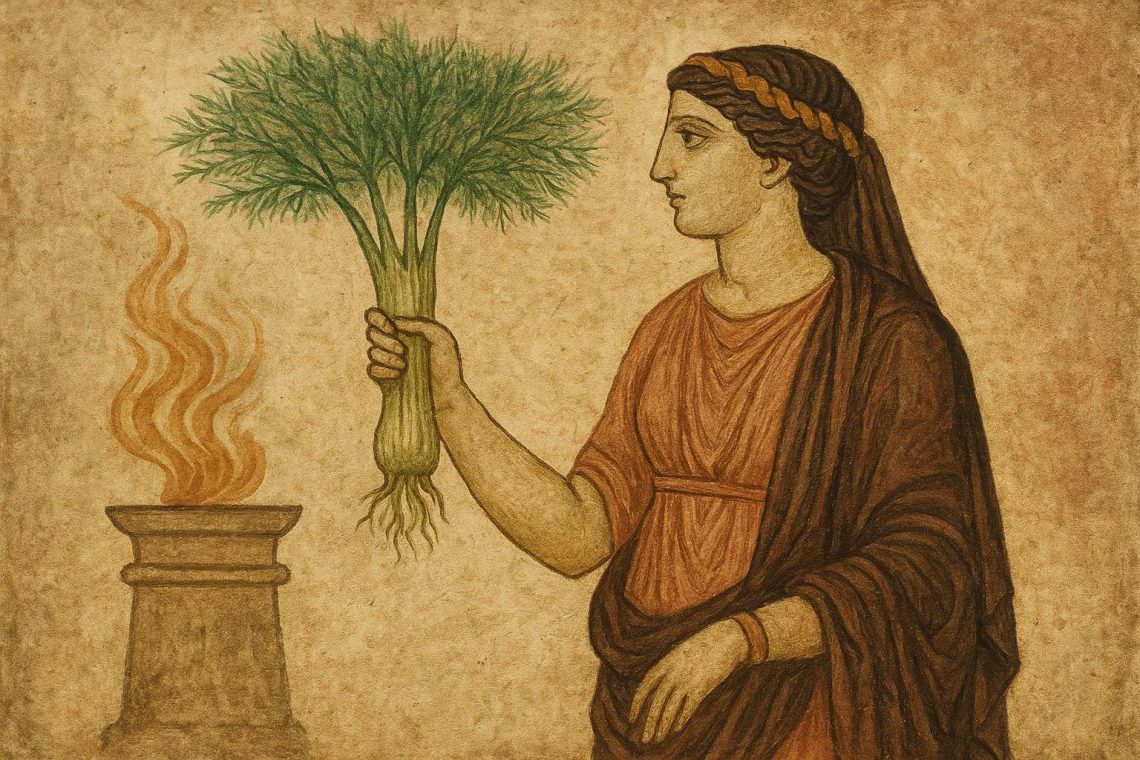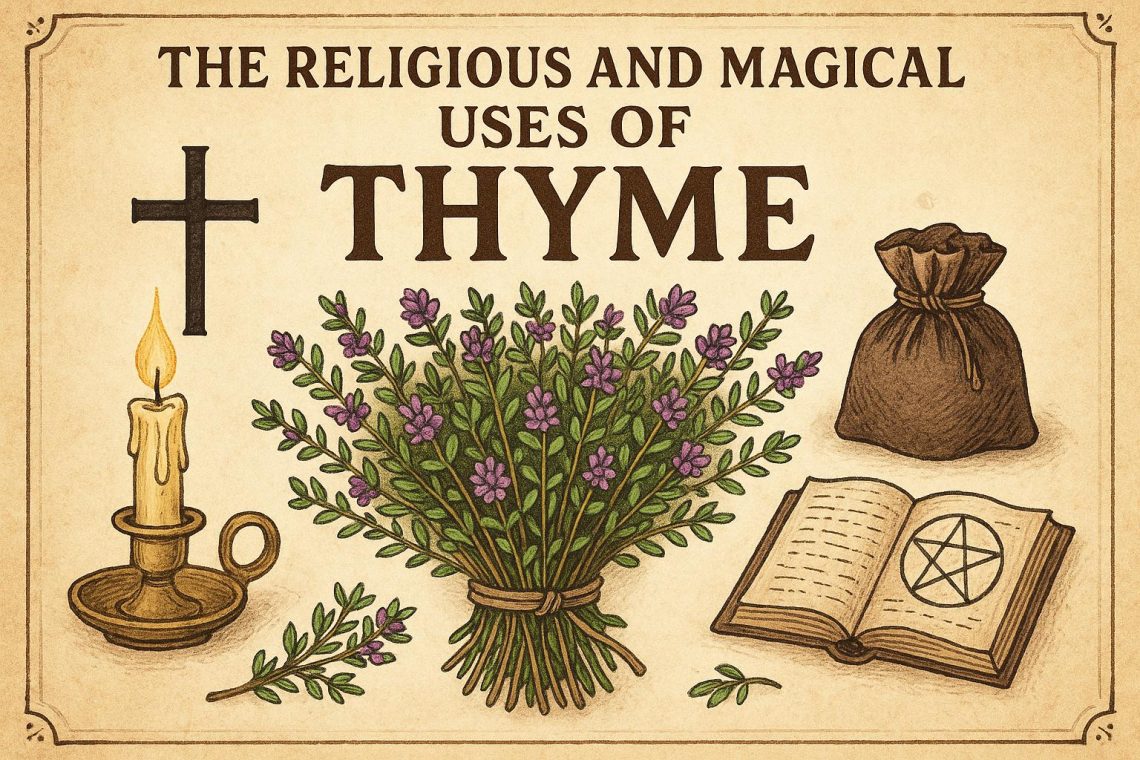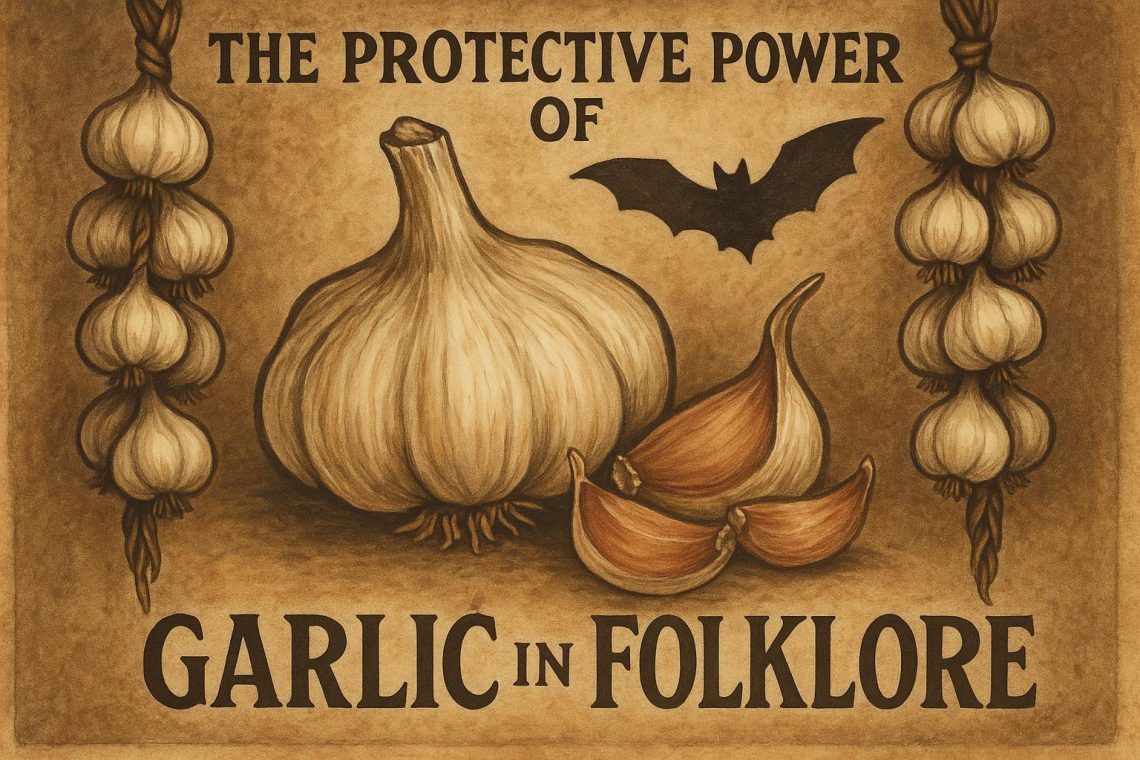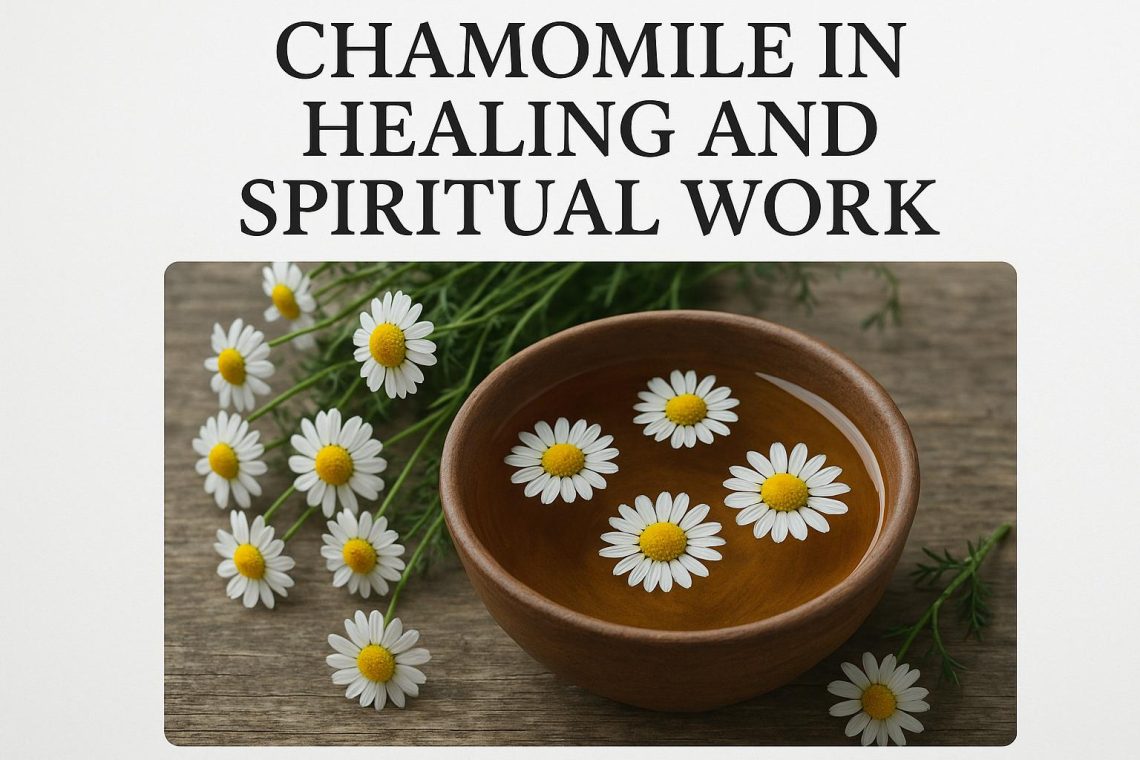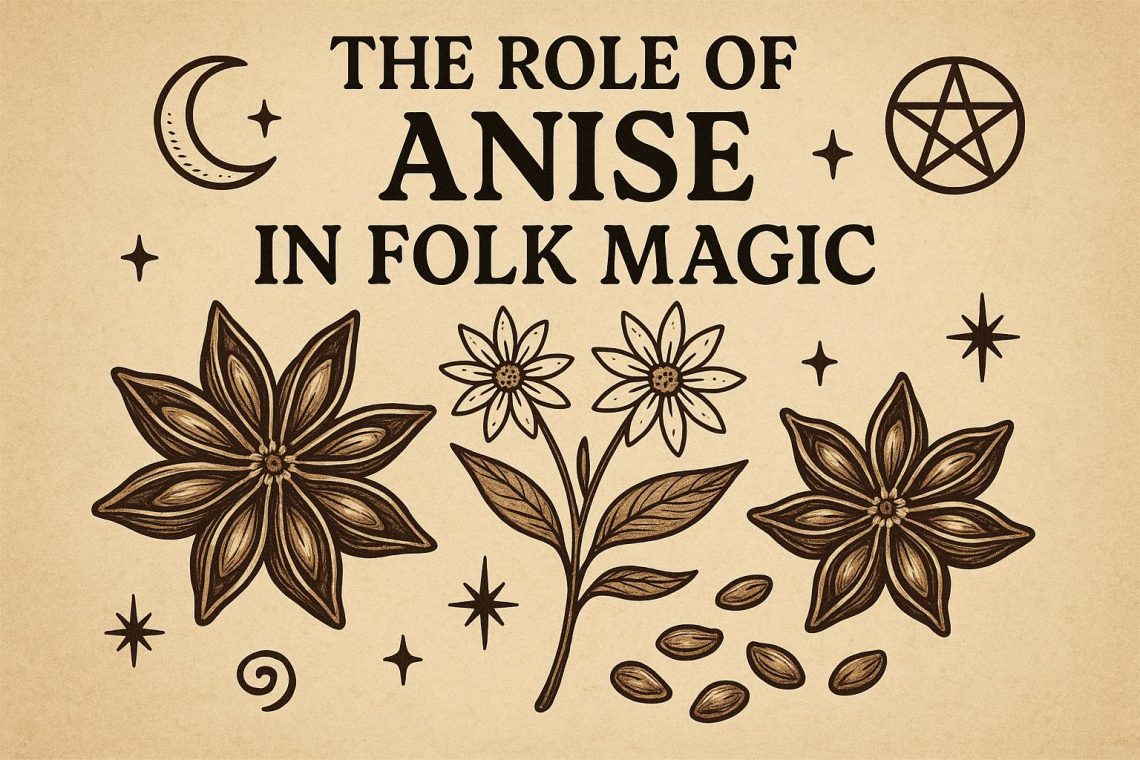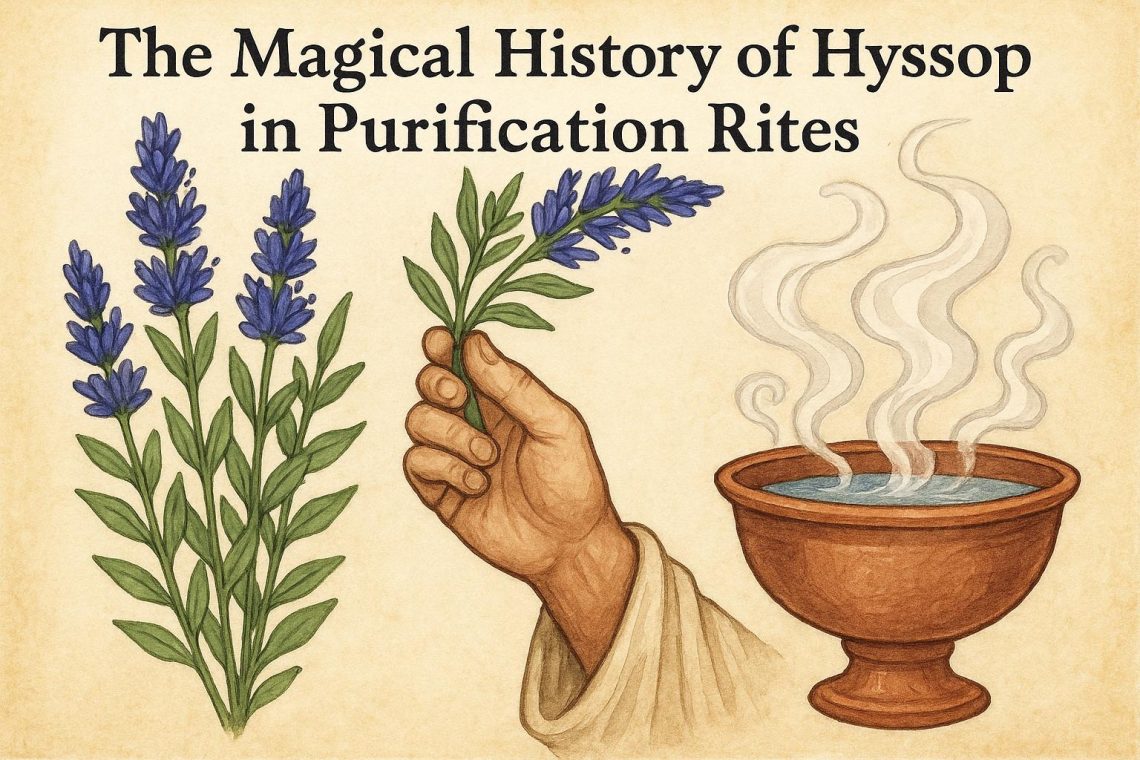The Mystical Properties of Pine in Cleansing
Pine trees, renowned for their fresh, aromatic scent and sturdy leaves, have been integral to various cultural traditions through the ages. These evergreen giants do more than just adorn landscapes with their vibrant foliage; they are esteemed for their expansive applications, most prominently in spiritual and physical cleansing rituals. The fascinating journey of pine’s mystical properties across history and cultures offers a glimpse into its significant role in cleansing practices worldwide.
Pine in Historical and Cultural Contexts
The legacy of pine in historical and cultural landscapes is expansive. Ancient civilizations, including the Greeks, held this tree in high regard, associating it with their deity, Dionysus, god of the vine and ecstasy. Pine, in Greek tradition, symbolized life and immortality, underscoring its sacred status. The Romans, not to be left behind, integrated pine into their temples, perhaps to invoke protection or sanctity.
Similarly, Native American cultures incorporated pine needles in purification rituals. The fragrant needles were essential in cleansing practices, believed to purify both the body and the spirit. The use of pine in these ancient ceremonies highlights its enduring symbolic power as a purifier across different societies.
Spiritual Cleansing
In the realm of spiritual cleansing, pine is a favored tool for its purported ability to repel negative energies. This practice finds its roots in the belief that pine carries inherent purifying properties. Essential oils derived from pine, alongside incense and smudge sticks, are common tools in these spiritual endeavors. In many cultures, these products are employed to cleanse spaces, restoring harmony and balance in the environment.
The process of burning pine, whether as a smudge stick or incense, releases smoke imbued with cleansing properties. This smoke is believed to clear emotional and spiritual stagnation, inviting positive energies into the cleansed space. Beyond the physical act, the symbolic shedding of old energies and welcoming of renewal is what gives pine its revered place in spiritual cleansing practices.
Methods of Using Pine for Cleansing
The versatile nature of pine allows it to be integrated into cleansing rituals in several ways. Among these, the pine smudge stick is a time-honored method that continues to be popular today. The process involves lighting the smudge stick and allowing it to smolder, distributing the fragrant smoke throughout a space. Practitioners often waft smoke into corners and around objects and individuals, ensuring a thorough cleansing process.
Another prevalent use of pine is in the form of pine essential oils. These oils, known for their fresh and uplifting scent, can be utilized in a variety of ways. A few drops in a diffuser can transform the ambiance of a space, while a mixture of the oil with water creates a potent cleansing spray. This concoction is sprayed in environments needing purification, blending both the physical and metaphysical dimensions of cleansing.
Pine in Physical Cleansing
Beyond the metaphysical, pine finds a practical application in physical cleansing due to its natural antibacterial and antifungal properties. These characteristics make pine oils a formidable tool in sanitizing spaces, adding to their reputation as a cleansing agent. The antiseptic qualities inherent in pine help in reducing airborne bacteria, thus contributing to a healthier living environment.
In domestic settings, pine oil is often included in cleaning products. These products not only cleanse surfaces but also infuse homes with an invigorating scent, merging practicality with sensory satisfaction. In public spaces, the scent of pine can evoke cleanliness and freshness, concepts that are universally cherished.
Contemporary Embrace of Pine
In modern times, the interest in natural and holistic remedies has spiked, leading people back to traditional practices involving pine. As more individuals seek organic and effective means of cleansing and enhancing their living spaces, pine, with its rich legacy and proven benefits, emerges as a prominent choice.
Workshops and courses dedicated to the use of pine in spiritual and physical realms are widely available, providing enthusiasts with opportunities to dive deeper into the applications of this extraordinary tree. These resources offer insight not only into modern uses but also delve into the historical contexts that have shaped the practices involving pine.
The exploration of pine’s mystical and cleansing properties reveals a profound appreciation for its abilities. From aromatic diffusers in modern homes to ancient rituals performed in sacred spaces, the presence of pine signifies a long-standing human desire to purify and protect their surroundings. Crafting a space that fosters positivity and wellness is at the heart of these practices, and pine continues to be a beacon in fulfilling this fundamental need.

